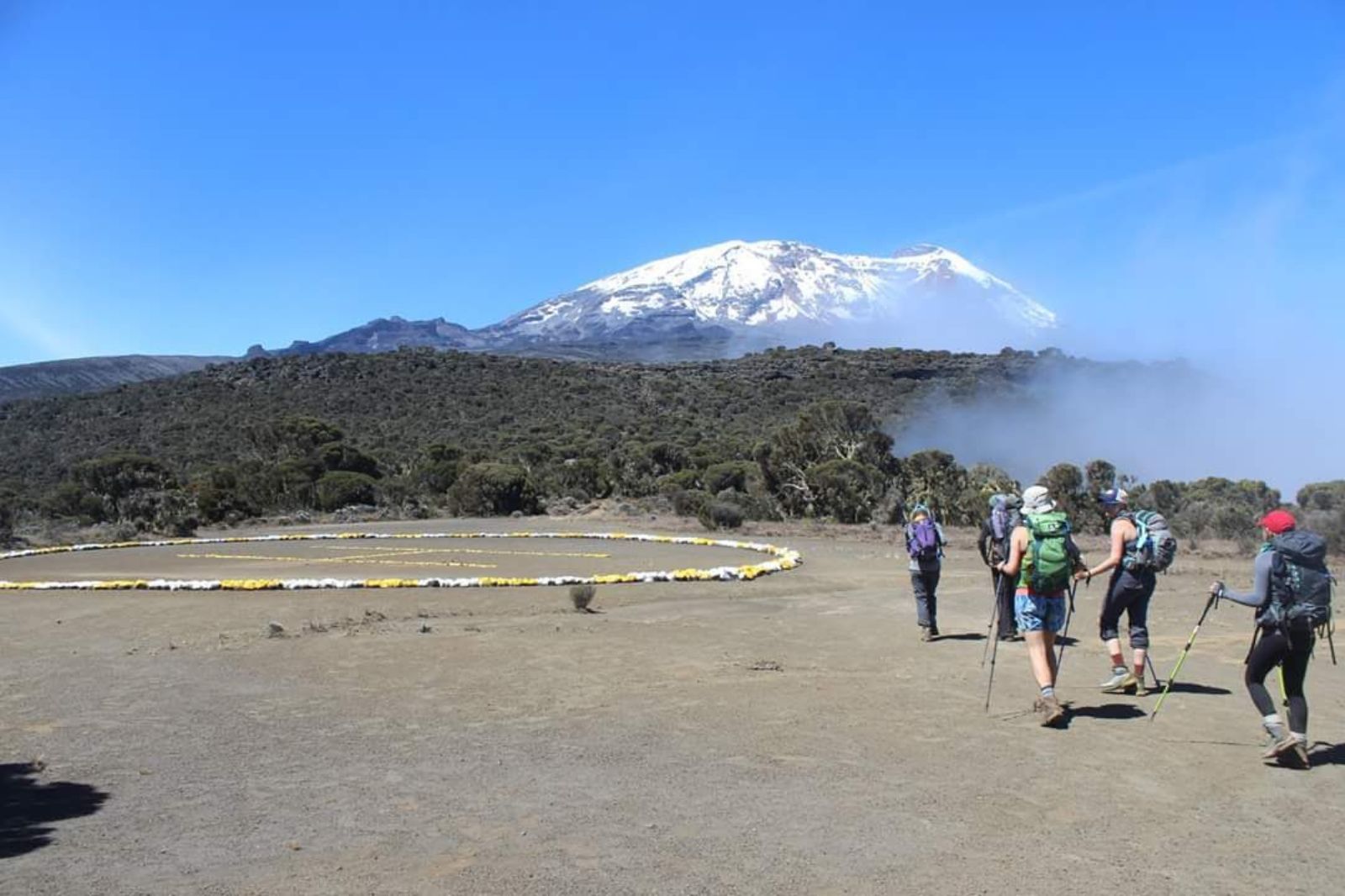What to know about Altitude Sickness while Trekking Kilimanjaro
If you are planning to Trek Kilimanjaro, We highly recommend reading our altitude sickness (Acute mountain sickness guide) to be familiar what it is, its cause and prevention.
The definition of altitude Sickness (Acute mountain sickness)
It is an illness that starts off as mild headache and weariness, but can develop into a life-threatening condition in which fluid fills up in brain and lungs. Acute altitude sickness is the mildest and most common form. Because more people are traveling to areas of high elevation like climbing Kilimanjaro.
- High Altitude: 1500 – 3500 m (5000 – 11500 ft.)
- Very High Altitude: 3500 – 5500 m (11500 – 18000 ft.)
- Extreme Altitude: above 5500 m (18000 ft.)
Altitude Sickness Causes:
The symptoms of altitude sickness occur when the rate of ascent is too quick for the body to adjust itself to the change in conditions. It usually develops at elevations 8,000 feet or above and when the ascent rate is more than 1,000 feet per day.
The following actions can trigger altitude sickness:
- Ascending too quickly (rapidly)
- Overexertion within 24 hours of ascent
- Inadequate fluid intake
- Hypothermia
- Consumption of alcohol or other sedatives
One way, and perhaps the best way, to avoid altitude sickness is allowing your body to get acquainted with a particular altitude level slowly.
- It is a process by which body copes up to higher and changing altitudes.
- The main motive of acclimatization process is to increase breathing rate normally which helps compensate for lower oxygen content in the air.
- To properly do this, blood needs to have a lower than normal pH. The kidneys in response excrete bicarbonate into the urine which in turn lowers the body’s pH to account for this extra effort.
Altitude Sickness Symptoms
Acute altitude sickness is often associated with any or multiple of the following symptoms:
- Dizziness
- Fatigue
- Insomnia
- Headache
- Nausea
- Shortness of breath
- Swelling of extremities
- Decreased appetite
- Social withdrawal
People showing any of these signs mistakenly attribute it to cases like an uncomfortable bed, hangover, improper sleep, or bad food. However, recognizing these symptoms and acting on them accordingly is the best way to tackle altitude sickness like high altitude pulmonary edema (HAPE) and High altitude cerebral edema (HACE).
In High altitude pulmonary edema (HAPE), fluid builds up in the lungs which causes the progression of the following symptoms:
- Shortness of breath at rest
- Gurgling respirations
- Wet cough with frothy sputum
- Possible fever
- Respiratory failure
Onset of HAPE can be gradual or sudden. HAPE typically occurs after more than one day spent at high altitude.
- A person developing HACE begins having
- trouble keeping up with the group
- Next, walking and coordination become impaired
- The swelling of the brain may develop into lethargy which can lead to coma.
- If left untreated, HACE becomes lethal and can lead one to death in worst cases.
Both the conditions of HACE and HAPE are potentially fatal, but the chances of them occurring during a well-planned Kilimanjaro climb are thankfully minimal or almost non-existent.
Altitude Sickness Treatment
- Delay further ascent until symptoms improve.
- Rest and stay warm.
- Take acetaminophen (Tylenol) for headache. ( Ask your doctor for subscription )
- You should keep away from sleeping pills or depressants that affect central nervous system for treating insomnia as they can suppress breathing.
- If symptoms continue, do not travel any higher.
In cases of HAPE or HACE, immediate descent is a necessary life-saving measure (2,000 – 4,000 feet [610-1,220 meters]). Anyone suffering from HAPE or HACE must be evacuated to a medical facility for proper follow-up treatment.

